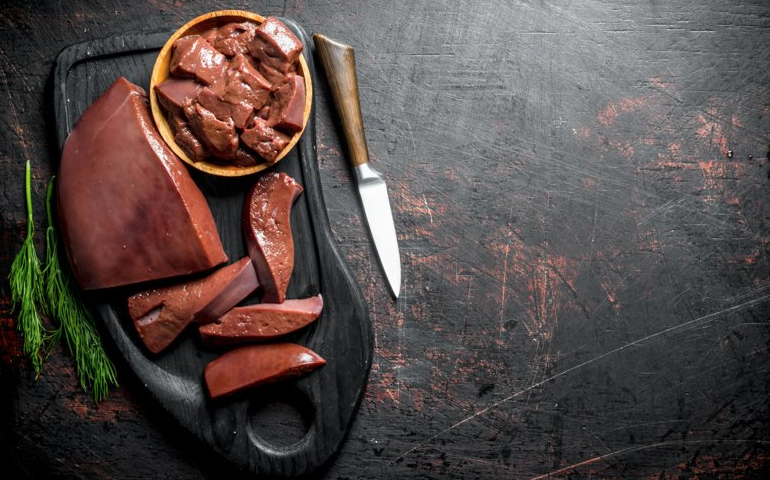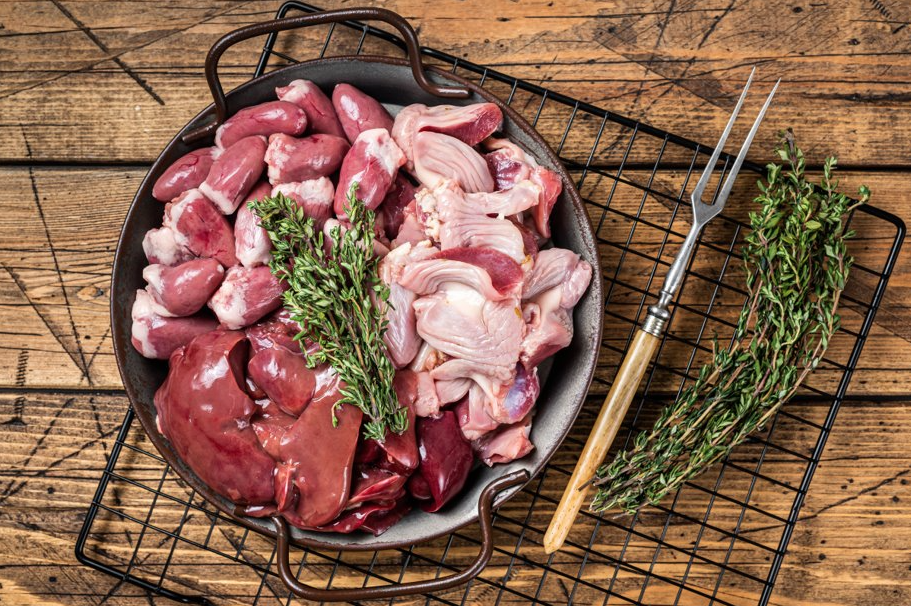
Among the first things Jordan Kraft Lambert did last year as Colorado State University’s new director of agricultural innovation and partnerships was create a simple spreadsheet. It was an easy way to keep track of what she learned from farmers and ranchers during a problem-finding tour of the state. As she listened, Lambert would open the file, which she’d labeled the “Problem Catalog,” and document whatever came up.
“I wanted to map the needs of Colorado farmers and ranchers,” Lambert said. “Because sometimes a single problem isn’t big enough to solve on its own, but if you have enough other problems that are related you start to get a critical mass that’s valuable to go after.”
Pretty quickly, one particular challenge surfaced.
Ranchers were having a hard time dealing with certain parts of their butchered cattle: organ meats, also known as offal, such as livers, tongues, hearts and kidneys. Smaller producers especially struggled. Selling ribeye direct to a consumer was no problem but getting rid of the rest was a challenge. Offal is nutritionally dense and desired by many cultures, but there are many U.S. consumers who are unfamiliar with these cuts and don’t know how to properly prepare the meat.
What’s more, if the offal parts don’t sell, ranchers have few options other than to pay a processor to dispose of the unwanted meat, a wasteful drag on the bottom line. According to the U.S. Department of Agriculture, byproducts account for about 44% of the average weight of a cow. That means that a small plant processing, say, 10 cattle per day could produce roughly 350 tons of byproducts a year. There’s another cost, too. “When we send these meats to landfills,” Lambert said, “they rot and emit methane, a potent greenhouse gas.”
Grand County rancher Deborah Fitch learned about the offal reality recently when her family purchased a processing facility from another area family getting ready to retire. Fitch was pleasantly surprised by the demand for local beef; dealing with the organ meat, however, was an altogether different problem.
“Very few consumers are familiar with or purchase offal,” Finch said. “We have to find creative ways to utilize these parts.”
Some of the parts can be made into pet food, and Fitch has found a local restaurant that takes some of the tongues. Still, she said, finding outlets for the other organ meats as well as the bones and hides remains a challenge. “Since we raise these animals,” Fitch said, “it’s very important to us that we try to find a solution to not waste anything.”
Increasing the clientele
Once Lambert had uncovered the offal problem, the ag innovation director opened her problem-solving lens to find solutions. Viewing the challenge through a wide aperture is what helped her identify an opportunity.
As she spoke with colleagues across CSU, including faculty in the Animal Sciences department and a student from the College of Business’ Impact MBA program, Lambert learned there are both industries and communities in Colorado that regularly cook with organ meats. What’s more, those communities, particularly restaurateurs along the Front Range, were excited by the idea of connecting more directly with producers selling those parts of the animal.
“I talked to all these people and it just kind of snowballed from there,” Lambert said.
That work culminated at CSU Spur on Jan. 7 for an event Lambert dubbed the Offal Party — a gathering of ranchers, processors, chefs and the general public to help educate people about the problem and attempt to facilitate some of those connections that might help lead to a fix.
One of the participants is chef Edwin Sandoval, who has worked in some of the finest kitchens along the Front Range and has experience cooking with organ meats. He sees an opportunity to expand the types of dishes that might be enjoyed more broadly by the general public. “The market already exists,” Sandoval said. “But I think we can increase the clientele and the number of consumers exposed to these cuts.”
Sandoval was born in Honduras where locals dishes are made with tongue and liver, but are nothing special. It wasn’t until he entered the fine-dining scenes in Colorado Springs and Denver that Sandoval learned more about offal’s upscale potential; for example, liver compressed into beautiful pâtés or unconventional cuts used in charcuterie.
Now, Sandoval, who runs Xatrucho Concepts, a private company that deals with everything from catering and special events to restaurant menu development and cooking classes, is looking to blend his culinary training and love of Latin-inspired flavors to interest a broader audience in eating offal.
“If we have, say, beef cheek, and we put our attention to it, it can be as good if not better than short rib,” Sandoval said. “So, how can we substitute these cuts that might be overlooked for a more expensive cut and make it the best that it can be?”

A connection to ranching and ag
In an effort to be less wasteful, Hannah Kersting, who helps run her family’s Western Slope ranch and serves as CSU’s Gunnison County Extension director, recently started requesting the organ meats back from the processor. She has an “offal basket” for sale online, but it doesn’t tend to do all that well, and often, those cuts sit in her freezer until she eats them herself or she can cook the meat for her dogs.
“If you’ve never cooked with these cuts before, it can be intimidating,” Kersting said.
Although there might not be much of a market for offal in Gunnison, Kersting is excited by the idea of potentially reaching a wider audience along the Front Range. “I think Spur is the perfect place for this to happen,” she said. “People are so far removed from ranches so the event is a cool way to connect them back to ranching and agriculture.”
For her part, Lambert is excited that bringing together ranchers and processors and chefs is something that can be done relatively quickly.
“A lot of times in ag tech, the solution is something that takes a long time to come to market — new genetic technology or a new piece of software,” Lambert said. “What’s kind of cool about this one is that offal is something you can eat right now.”